Features of bolognese fabric and its use

It is customary to call Bolognev any product that does not allow moisture to pass through. With the appearance of the first material in the 50s of the last century, things made of Bolognese fabric became immediately incredibly fashionable.
We will talk about what Bologna fabric is, about its properties and use, as well as about the rules for caring for products made of such material.
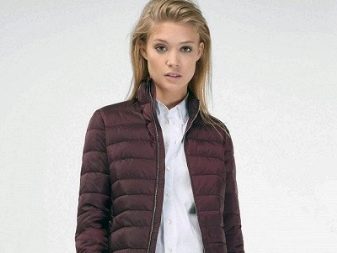
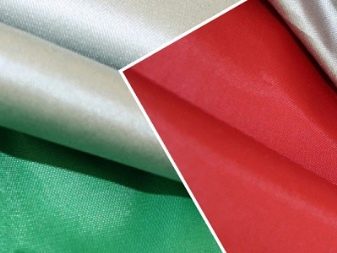
What it is?
Bologne is a durable and practical material with a slight sheen. It is made exclusively from synthetics. This reliable material is waterproof, therefore it is used to make clothes, bags, backpacks and even shoes. With the advent of the first Bolognese products, the demand for them began to exceed the supply. It was prestigious to wear such items. Mods considered it their duty to purchase a bologna raincoat. In many foreign films, movie characters also used waterproof raincoats. At that time, clothes made of such material were in short supply.
The emergence of this material was preceded by many years of work by the Italian chemist Giulio Natta, who was able to obtain a material with water-repellent properties thanks to the polymerization method. Having got to the USSR from Italy in the middle of the last century, the material was able to quickly gain popularity. Prior to that, in the Soviet Union, wool, which was impregnated with rubber, or gabardine products were used to sew such clothes.
Such things were not able to completely protect from the rain, while they were quite heavy.
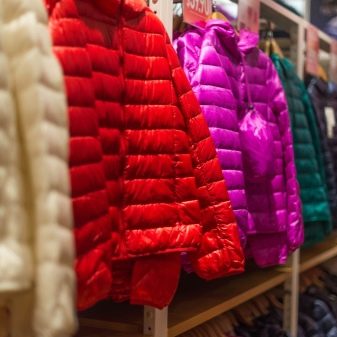
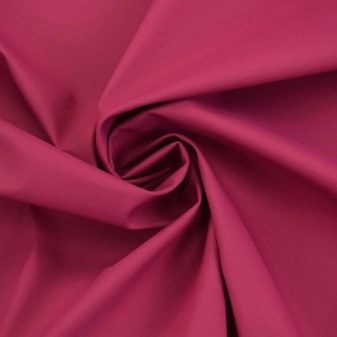
Soviet specialists also decided not to retreat and began to master the production of bolognese fabric.... For the first time, its production was established in Naro-Fominsk at a silk mill.Later, this material began to be produced in other cities of the Soviet Union, which led to a decrease in the deficit for products from bologna. The material produced in the Soviet Union was thicker than Italian linen. Later, they began to add a special powder to it, giving a beautiful pearlescent tint. Gradually, it was possible to establish the production of a higher quality nylon material coated with silicone or polyacrylate.
Bologna items had many advantages. Such fabric was:
- easy;
- durable;
- waterproof;
- resistant to bacteria (mold does not appear on it);
- resistant to acid and alkali;
- compact when folded.
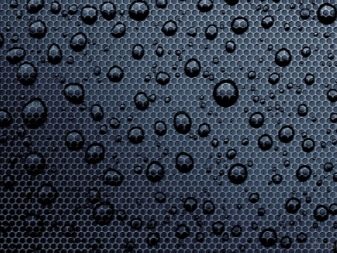
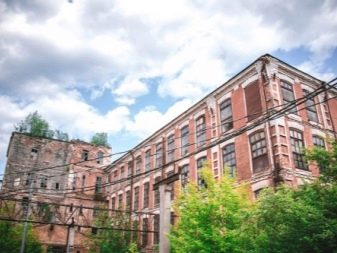
The material does not "shrink" after washing, and also has a high color fastness, as it does not fade during washing or moisture ingress... In addition, bologna products are aesthetically pleasing. A distinctive feature of the fabric can be called versatility, because many products are made from it, and not just clothes. Although it was prestigious to wear a bologna raincoat, such items were not distinguished by their thoroughness.
According to the magazine "Health", which published an article on this topic, this material is airtight, and therefore unhygienic. In such things, the human body does not breathe, begins to sweat quickly, which leads to the effect of a bath. As a result, the person may catch a cold. Initially, the first models had a yoke that provided access to air masses, but later such additions were no longer used. The fabric has other disadvantages as well.
- It should be remembered that this material has poor resistance to sunlight, high temperature.
- Has a tendency to electrify when the air is excessively dry.
- In frosty weather, things made of material that do not have a liner will not protect well from the cold... At the same time, in the off-season period, Bolognese things will become indispensable.
Bologna products are practical and functional. With proper storage and care, they can last longer.

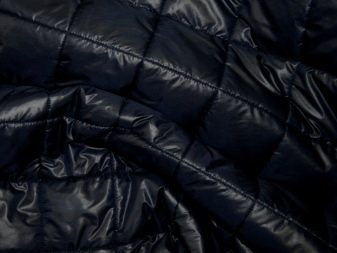
Description and properties
Bologne is a very light material, its weight is half that of cotton products... The fabric has increased strength, it does not leak even in heavy rain. Emits a characteristic sound when walking. The material consists entirely of synthetics. Nylon and polymers are used in the production of the material. Its production is carried out according to the following principle:
- initially a thin nylon cloth is taken, on which a polymer layer is applied with various additives, which leads to the formation of a moisture-proof film;
- to make the canvas more attractive in appearance, one or more layers of such a substance are added;
- the fabric is treated with silicone on both sides, repelling water, which increases the resistance of the material to moisture.
Bolognese raincoats were designed to keep the rain out. Under the rays of the sun, this material gradually begins to lose its properties. As a result, during rain, clothes can no longer fully protect against moisture.
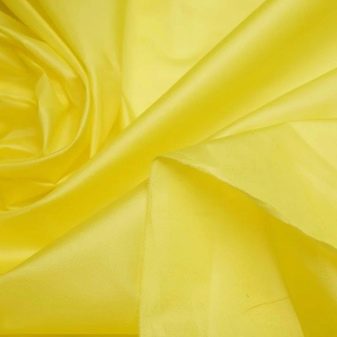

Application
Products made from waterproof fabrics were so popular that the combination “Bologna fabric” came into use for a long time, despite the fact that the things themselves were no longer produced from this fabric back in the days of the Soviet Union. The boloni was replaced by no less practical and functional materials in the form of a membrane, duspo, oxford, jordan and bonding. Outerwear is sewn from waterproof fabric. Raincoats, jackets, coats and short coats - this is a list of products where the fabric could be used. Bologna jackets were so popular that the fabric was popularly called "jacket".
In addition, they sew from this material:
- comfortable windbreakers;
- sports pants;
- capes.

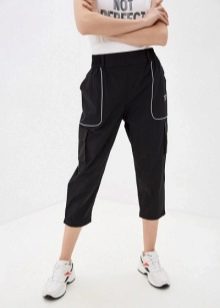
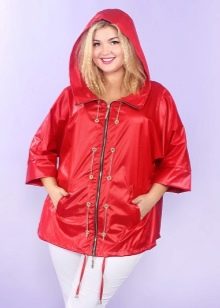
The fabric is also used for sewing umbrellas, backpacks, handbags, as well as tourist equipment, shoes. The material is also suitable for sewing covers and accessories. Bolognese and other similar materials are quite durable and unpretentious to care for.Due to these qualities, the material is often used for sewing work clothes.
This includes aprons used by hairdressers, capes, as well as workwear sets that are used in the construction, coal or oil industries. Such a uniform is indispensable in bad weather, at the same time it is uncomfortable to work in it in the heat.
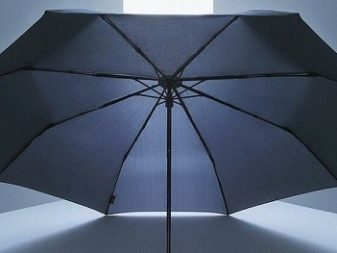

Tips for choosing products
When choosing a material, you should focus on its water resistance and how quickly the fabric evaporates water. If mistakes were made in the production process of the material, products made of such fabric will not fully meet the criteria, they may allow moisture to pass through.
When choosing clothes made of bolognese fabric, for example, a uniform, you need to make sure that it is of the right size and does not hinder your movements when walking. At the same time, it should not be unnecessarily heavy and thick.
In some cases, the uniform is complemented by reflective elements. You should also make sure of their availability when purchasing overalls.
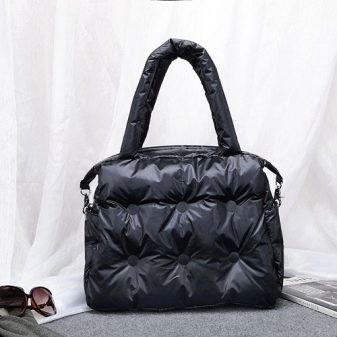
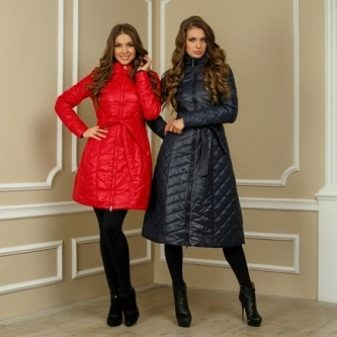
Care rules
As for the care of products made of bolognese fabric, there are no special rules for such material, since the care does not require additional efforts. Since the fabric is water-repellent, dirt and dust practically do not get on the surface.
- There is no need to wash such things. In case of contamination, dust can simply be removed by wiping with a damp cloth or rinsing with a stream of water. Detergent is allowed, but no bleaching agents. A soft sponge and liquid detergent may work well as product cleaners.
- To wash things without a lining, use soap or another detergent (neutral), while the water should be cool. The products are dried at a low temperature, allowing the water to drain.
- Washing bolognese clothes in water will make the color of the product more saturated. with a little vinegar.
- After washing, things are not wrung out. It is recommended to hang them on a hanger until the water is completely drained off.
- Wiping off dust or dirt from clothes, it is not recommended to press on the fabric.

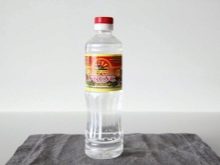
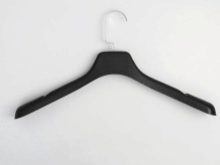
It is advised to iron things from the front side, placing a piece of thin cloth... The iron is heated in the "nylon", "silk" modes. But most of all, a steamer is suitable for ironing clothes. Perform work by hanging the product vertically. It is better to dry products in the shade, being careful not to come into contact with heating devices. Bologna products dry very quickly. After drying, they just need to be folded or rolled up and then stored.
The material invented in Italy was able not only to gain popularity, but also to enter into everyday life for many decades. Products made from such material will be able to protect the owner during sports activities, hiking trips.
These comfortable and functional clothes are perfect for walking in inclement weather.










